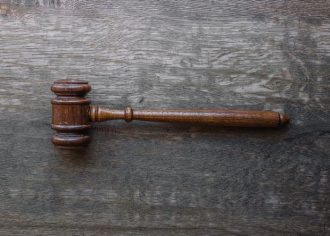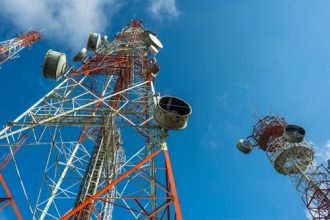March 16, 2017
Among Other Things, the Federal Circuit Affirms Viability of Assignor Estoppel
In Mentor Graphics Corporation v. EVE-USA, Inc., [2015-1470, 2015-1554, 2015-1556] (March 16, 2016), the Federal Circuit:
- Affirmed the jury verdict of infringement of U.S. Patent Nos. 6,240,376, the denial of Judgment as a matter of law (JMOL), an award of $36,000,000 in damages, and that assignor estoppel bars Synopsys from challenging the validity of the patent
- Reversed summary judgment that U.S. Patent No. 6,132,109 is indefinite
- Affirmed summary judgment that U.S. Patent No. 7,069,526 lacks patent-eligible subject matter
- Vacated the motion in limine precluding Mentor from presenting evidence of willful infringement
- Reversed summary judgment that U.S. Patent No. 6,947,882 lacks written description
- Reversed summary judgment that Mentor’s infringement allegations regarding U.S. Patent Nos. 6,009,531 and 5,649,176 are barred by claim preclusion
Regarding Assignor Estoppel, the Federal Circuit rejected Synopsys’ argument that the Supreme Court abolished the doctrinal underpinnings of assignor estoppel in Lear, Inc. v. Adkins.
Regarding the Damage Award, the Federal Circuit noted that the facts of this case are remarkably simple for a patent damages appeal and Synopsys does not dispute any of them.
The jury found, and Synopsys does not dispute on appeal, that Mentor satisfied all of the Panduit factors with regard to the sales to Intel for which the jury awarded lost profits: (1) there was a demand by Intel for the patented product; (2) there were no non-infringing alternative emulator systems acceptable to Intel; (3) Mentor had the manufacturing and marketing capability to satisfy Intel’s demand; and, (4) Mentor established the amount of profit it would have made if Synopsys had not infringed. Synopsys argued that the lost profits shuold be apportioned to cover only the patentee’s inventive contribution. The Federal Circuit agreed with Synopsys that apportionment is an important component of damages law generally, and we believe it is necessary in both reasonable royalty and lost profits analysis. However, the Federal Circuit said that Panduit’s requirement that patentees prove demand for the product as a whole and the absence of non-infringing alternatives ties lost profit damages to specific claim limitations and ensures that damages are commensurate with the value of the patented features.
Regarding indefiniteness, the Federal Circuit said that “a method for displaying the results of synthesized circuit analysis visually near the HDL source specification that generated the circuit” was not indefinite. The Federal Circuit held that the term “near” informs a person of ordinary skill in the art about the scope of the invention with reasonable certainty, noting that a skilled artisan would understand “near” requires the HDL code and its corresponding circuit analysis to be displayed in a manner that physically associates the two.
Regarding patentable subject matter, the Federal Circuit held that claims containing “machine-readable medium” renders the claimed subject matter invalid under 35 U.S.C. § 101. The specification defined machine-readable medium as including carrier waves, found to be unpatentable in In Re Nuijten, 500 F.3d 1346 (Fed. Cir. 2007).
With respect to willful infringement, the Federal Circuit found the district court erred in barring evidence of willful infringement. Specifically, the Federal Circuit rejected a rigid rule that post-filing willful infringement cannot be presented unless the party moves for a preliminary injunction.
With respect to written description, the Federal Circuit found that there was adequate written description. The Federal Circuit found that the very language of claim 1, which the court held was not supported by the specification, was present in the originally-filed claims. Original claims are part of the original specification and in many cases will satisfy the written description requirement.
Finally, with respect to claim preclusion, the Federal Circuit said that claim preclusion does not bar later infringement allegations with respect to accused products that were not in existence at the time of the previous actions for the simple reason that claim preclusion requires that in order for a particular claim to be barred, it is necessary that the claim either was asserted, or could have been asserted, in the prior action.



































